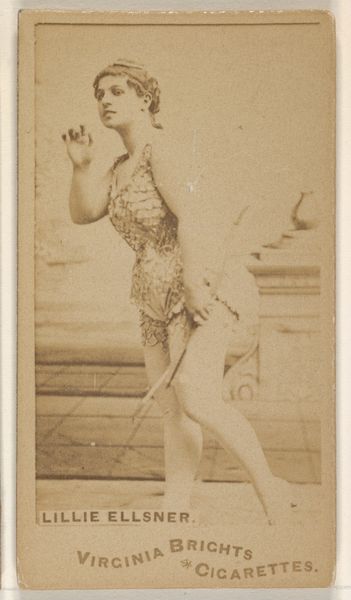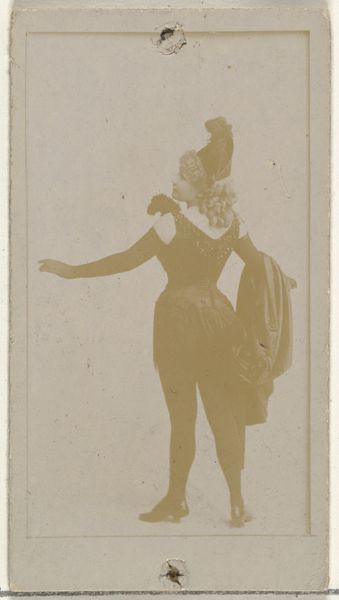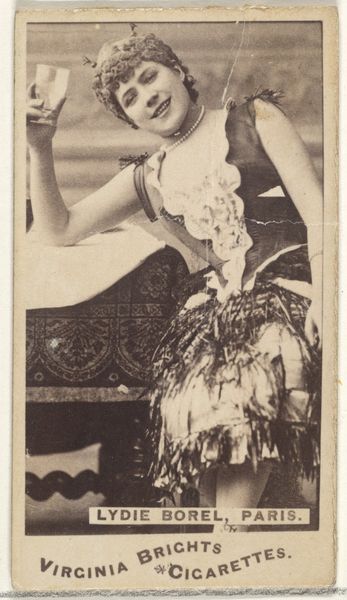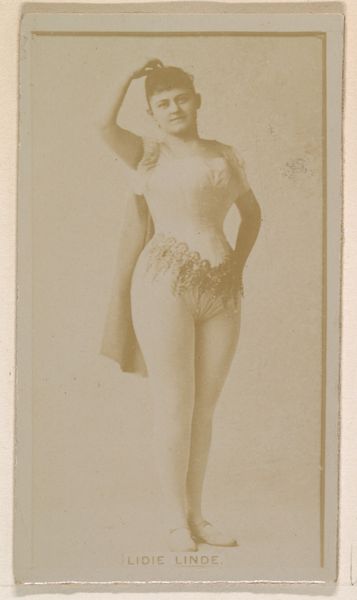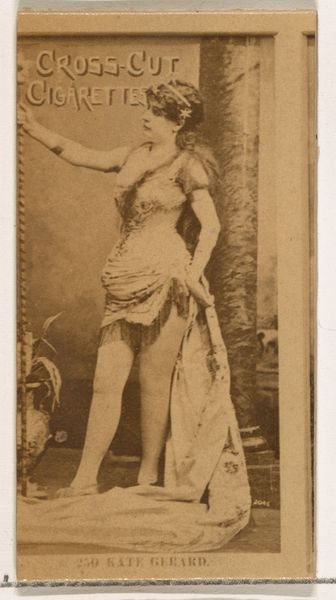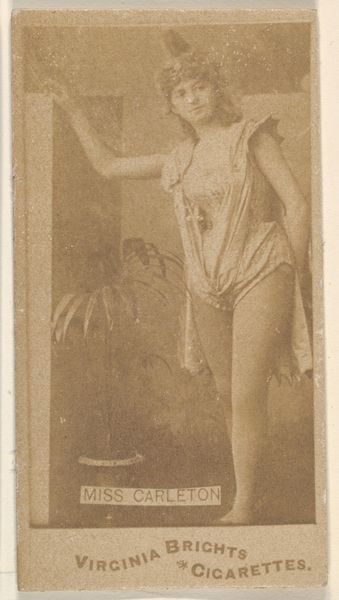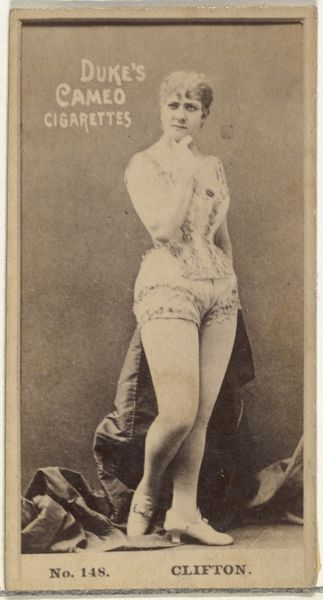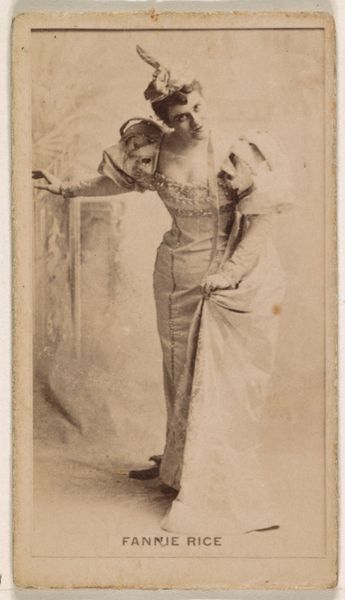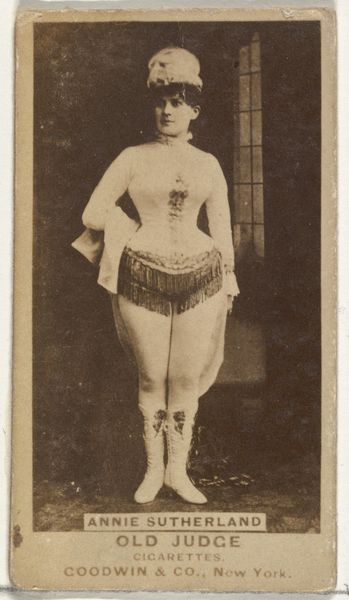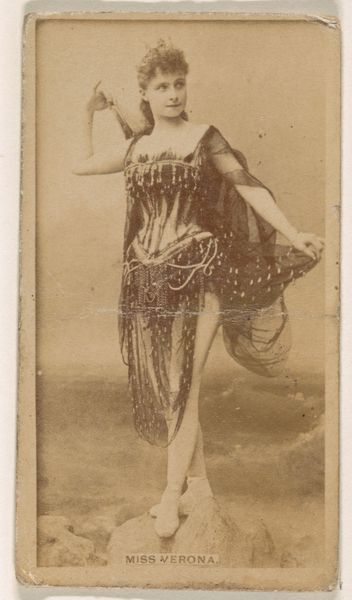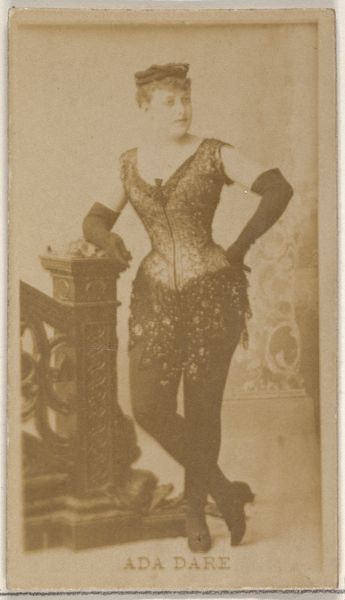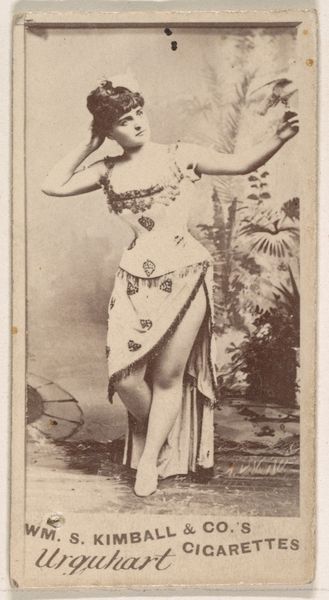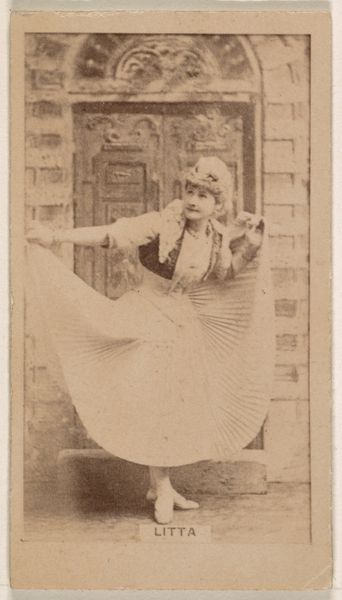
print, photography
#
portrait
#
still-life-photography
# print
#
street-photography
#
photography
#
historical photography
#
ashcan-school
#
genre-painting
#
modernism
#
realism
Dimensions: sheet: 20.3 x 25.2 cm (8 x 9 15/16 in.)
Copyright: National Gallery of Art: CC0 1.0
Editor: This photograph, "Dress shop--Los Angeles," by Robert Frank, from 1956, presents a tableau of mannequins and shoppers. The scene feels incredibly staged and unsettling. What do you see when you look at this work? Curator: The photograph is more than just a pretty window display; it's a study of the commodification of women, isn't it? Think about the materials: the stark print emphasizes the hard lines and artificiality. These women, both real and fabricated, are being framed and positioned as objects of desire, of consumption. Look at the fur, the jewels, the fashionable clothing—all symbols of economic power and the ways women perform within a capitalist society. What do those repetitions mean in the arrangement of manufactured, marketed feminine charm? Editor: So, it's a commentary on how women are made to be consumer products themselves? Curator: Precisely. Consider the labour involved. Who designed these clothes? Who made them? Where? This photo is also asking us to be critical of the labor involved in their material existence: this is modernism's dark shadow and an essential component of the photograph itself. What happens when art forces us to acknowledge not just what something looks like, but also *how* it’s produced and who benefits? Editor: That completely reframes how I saw the image initially. It makes me consider the systems at play, rather than just the aesthetic surface. Curator: Exactly! And hopefully makes you a more critical observer of art and the world around you. Now what would happen if we replaced the shop owner's inventory with some alternative goods that were representative of a particular underclass? Would this shift and modify the entire understanding of consumerism, identity, and value within the American cultural economy? Editor: Definitely food for thought, considering all the unseen layers involved in a simple photograph like this. I'll remember to dig deeper next time.
Comments
No comments
Be the first to comment and join the conversation on the ultimate creative platform.

